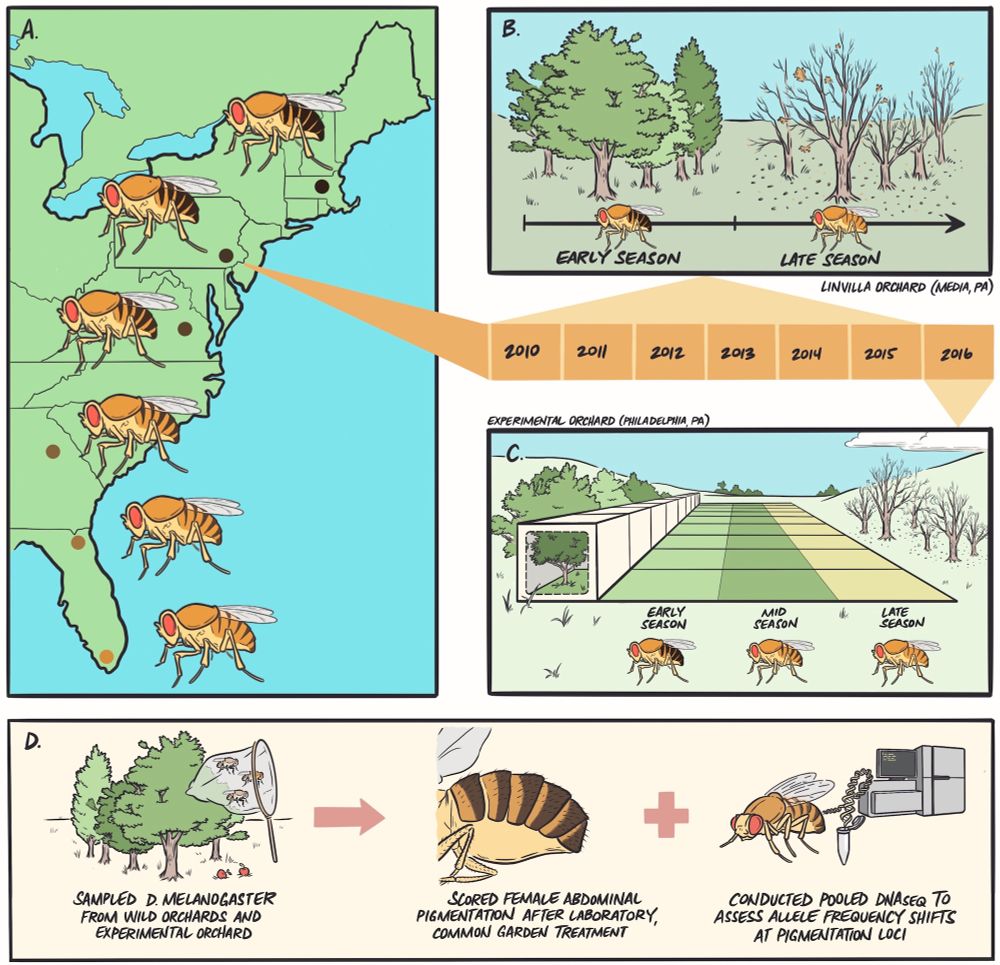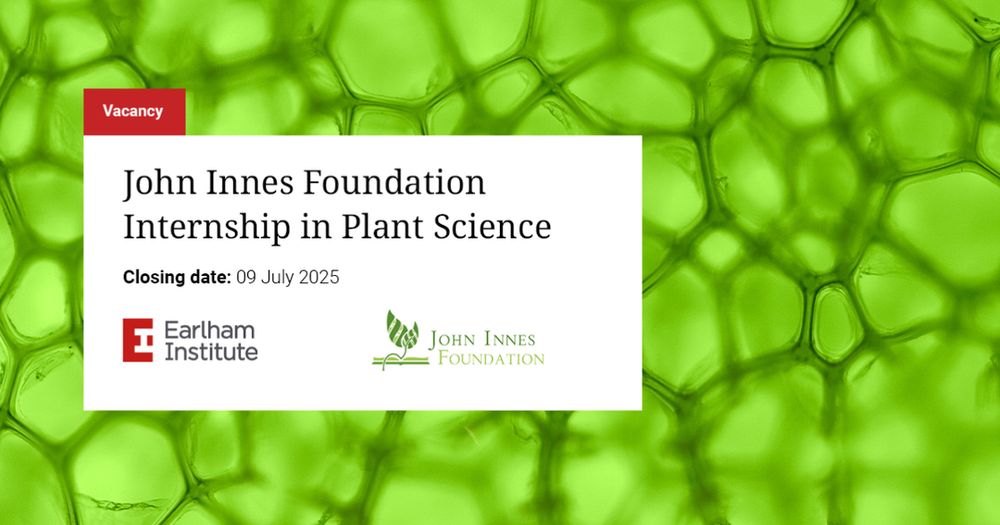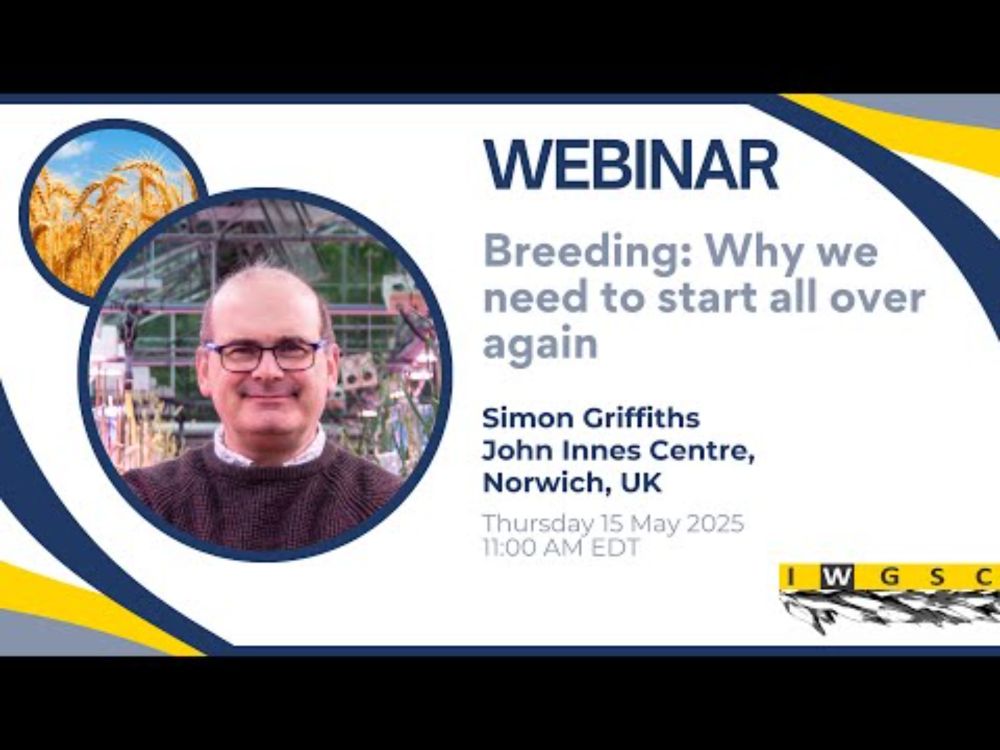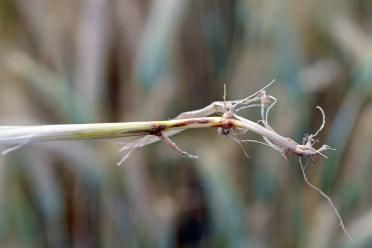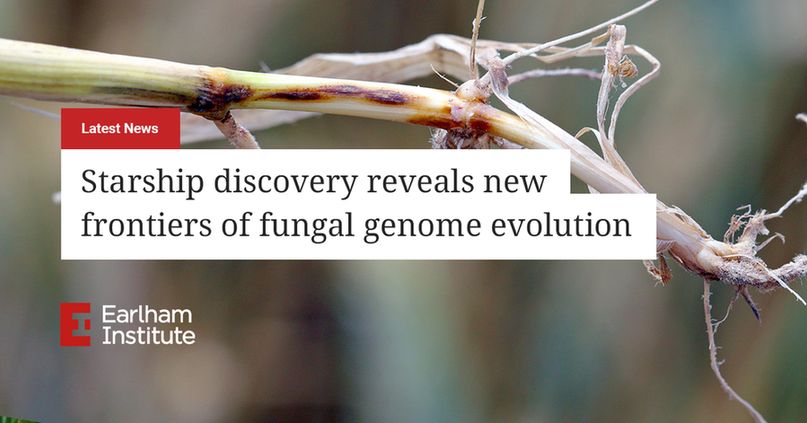Mark McMullan
@mcmullan0.bsky.social
89 followers
67 following
10 posts
Evolutionary biologist -population genomics -wild-agricultural pathogen evolution, invasion and adaptation (Wheat & Beets)
Posts
Media
Videos
Starter Packs
Reposted by Mark McMullan
Reposted by Mark McMullan
Reposted by Mark McMullan
Reposted by Mark McMullan
Reposted by Mark McMullan
Reposted by Mark McMullan
Reposted by Mark McMullan
Mark McMullan
@mcmullan0.bsky.social
· Jul 26
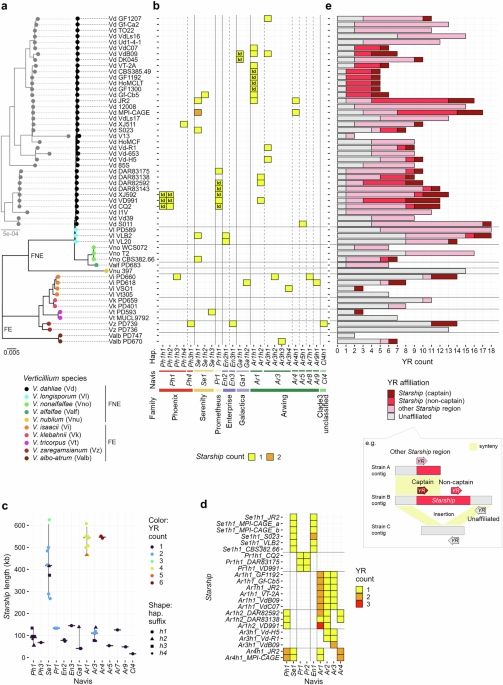
Starship giant transposons dominate plastic genomic regions in a fungal plant pathogen and drive virulence evolution - Nature Communications
Giant transposons, known as ‘Starships’, mediate horizontal gene transfer between fungal genomes. Here, Sato et al. show that Starships occupy genome regions crucial for infection in a plant pathogeni...
www.nature.com
Reposted by Mark McMullan
Emily Josephs
@emjo.bsky.social
· Jun 12
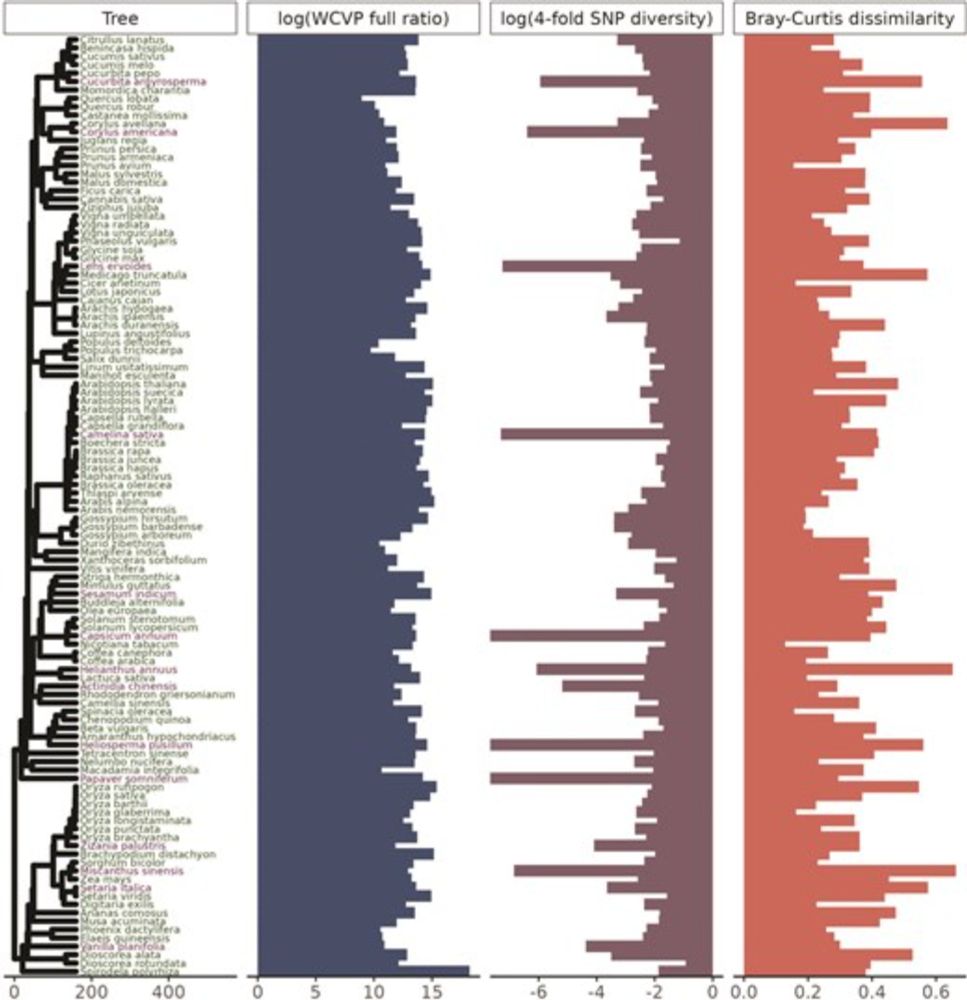
k-mer-based diversity scales with population size proxies more than nucleotide diversity in a meta-analysis of 98 plant species
Abstract. A key prediction of neutral theory is that the level of genetic diversity in a population should scale with population size. However, as was note
academic.oup.com
Reposted by Mark McMullan
Reposted by Mark McMullan
Reposted by Mark McMullan
Reposted by Mark McMullan
Joe Hanly
@hanliconius.bsky.social
· May 30
Reposted by Mark McMullan
Mark McMullan
@mcmullan0.bsky.social
· May 15

Starship giant transposons dominate plastic genomic regions in a fungal plant pathogen and drive virulence evolution
Starships form a recently discovered superfamily of giant transposons in Pezizomycotina fungi, implicated in mediating horizontal transfer of diverse cargo genes between fungal genomes. Their elusive nature has long obscured their significance, and their impact on genome evolution remains poorly understood. Here, we reveal a surprising abundance and diversity of Starships in the phytopathogenic fungus Verticillium dahliae . Remarkably, Starships dominate the plastic genomic compartments involved in host colonization, are enriched in virulence-associated genes, and exhibit genetic and epigenetic characteristics associated with adaptive genome evolution. We further uncover extensive horizontal transfer of Starships between Verticillium species and, strikingly, from distantly related Fusarium fungi. Finally, we demonstrate how Starship activity facilitated the de novo formation of a novel virulence gene. Our findings illuminate the profound influence of Starship dynamics on fungal genome evolution and the development of virulence. ### Competing Interest Statement The authors have declared no competing interest.
www.biorxiv.org
Mark McMullan
@mcmullan0.bsky.social
· May 15
Rowena Hill
@rowenahill.bsky.social
· May 14
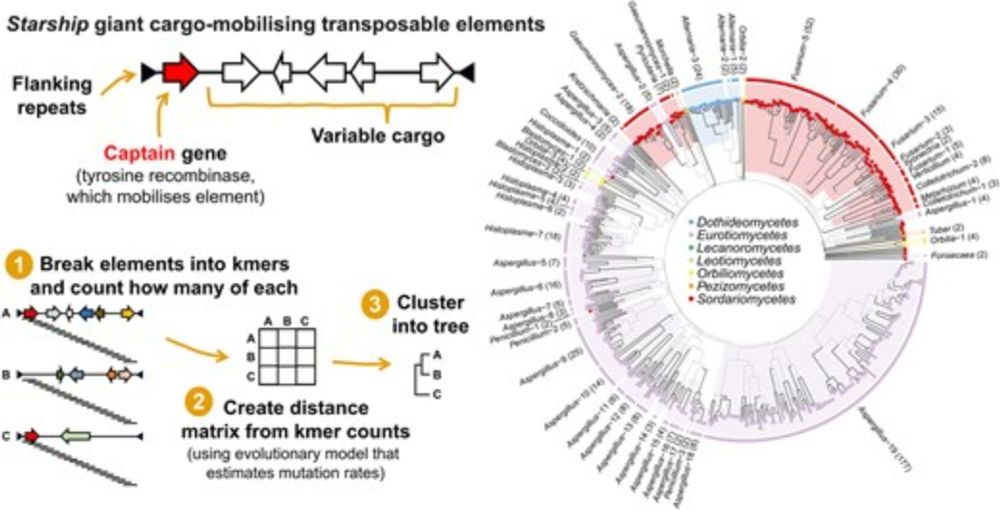
Starship giant transposable elements cluster by host taxonomy using k-mer-based phylogenetics
Abstract. Starships are a recently established superfamily of giant cargo-mobilizing transposable elements in the fungal subphylum Pezizomyotina (phylum As
academic.oup.com
Mark McMullan
@mcmullan0.bsky.social
· Apr 30
Reposted by Mark McMullan
Reposted by Mark McMullan
Reposted by Mark McMullan
Toby Baril
@tobybarilbio.bsky.social
· Apr 9

Historic transposon mobilisation waves create distinct pools of adaptive variants in a major crop pathogen
Transposable elements (TEs) can drive the evolution of host-pathogen interactions and gains in antimicrobial resistance. However, how adaptive TEs arise in populations and historical contingencies aff...
www.biorxiv.org









